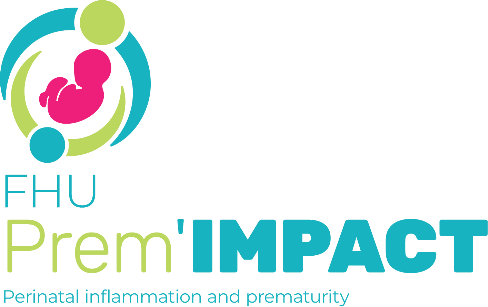Abstract
Objective: To identify risk factors for early- and late-onset postpartum depression (PPD) among a wide range of variables, including sociodemographic characteristics, childhood trauma, stressful life events during pregnancy and history of personal and family psychiatric disorders, and to assess the contribution of each risk factor.
Design: Nested case-control study in a prospective longitudinal cohort study.
Setting: Eight maternity departments in the Paris metropolitan area, France.
Sample: A cohort of 3310 women with deliveries between November 2011 and June 2016.
Methods: Cases were women with early- or late-onset PPD. Controls were women without depression during pregnancy or the postpartum period. Logistic regression adjusted on sociodemographic variables was performed for each outcome and a multivariable model was proposed based on a stepwise selection procedure.
Main outcome measures: Early- and late-onset PPD assessed at 2 months and 1 year postpartum, respectively.
Results: Stressful life events during pregnancy have a dose-response relationship with both early- and late-onset PPD.
Conclusions: Early- and late-onset PPD presented distinct patterns of determinants. These results have important consequences in terms of prevention and specific care.
